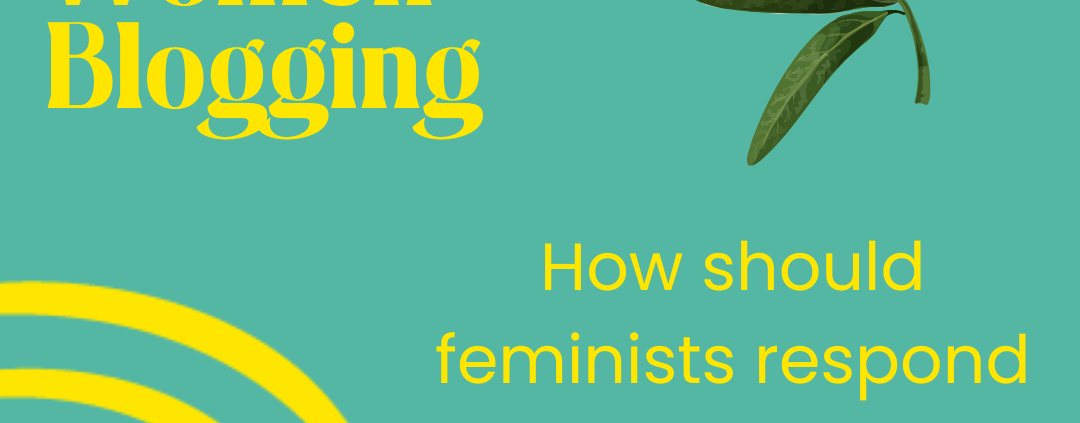This article is the first in a series of opinion pieces from the Feminist Public examining what the feminist response to war and conflict should be. You can find out more about the series and how you can take part here.
Content Warning; this article mentions sexual violence.
Wars are not solely fought with weapons- they are fought through oppression and persecution. So how should we, as feminists, respond to the violence and turmoil of conflict? Before answering, it is crucial to understand what war, conflict, and even peace mean for women and girls, for whom the line between war and peace is often fatally blurred.
War and conflict disproportionally affect women and girls. When war breaks out, women suffer from an exacerbation of existing gender-based violence, including rape, exploitation, and abuse. Within conflicts that result in mass displacement, women and girls are left especially vulnerable. In Sudan, nearly 5.8 million women and girls are displaced, facing severe risks such as inadequate health services and child marriage practices. Just recently, over 600 people in Sudan were murdered by RSF forces, leading to over 130 women ending their lives by mass suicide to prevent rape by RSF militias. Of the confirmed rape cases so far, the youngest was a 6-year-old girl. The conflict in Sudan has also led to a doubling of the need for gender-based violence services, and research shows that in situations like these women and their families often bear the brunt of food insecurity. Female-led families are more likely than male-headed ones to experience food shortages, intensifying health risks and contributing to malnutrition amongst women and children. In Gaza, women have little to no access to maternity care due to healthcare infrastructure collapsing and being purposefully targeted, especially in the north where no remaining functioning hospitals exist.
Additionally, when conflict disrupts educational outcomes for women it places barriers to opportunities which could be lifesaving and places the potential for them to be robbed of their ability to advocate for their rights and needs. Nawal el Saadawi, founder of the Arab Women’s Solidarity Association, in her book The Hidden Face of Eve, insists on the need to educate and liberate women from the numerous injustices to which they are exposed. An impossible task when conflict restricts women’s rights, education, and participation in peace processes, further marginalizing their voices and needs. Women also disproportionately suffer from reproductive violence. This can be seen by the Chinese government’s oppressive policies against Uyghur and other Muslim women, who are subjected to sterilization and forced abortions among other injustices.
Women are also in the precarious position of unsafety on all sides of a war. The U.S. used the liberation of women under the Taliban’s control as one of the justifications for the invasion of Afghanistan. Although mostly understood as merely a political tactic, I need not point out the horrific irony of the reports of U.S. soldiers who themselves committed acts of sexual violence against Afghan women. Similarly, during the US invasion of Iraq where women and girls were promised a new future of liberation and education by President Bush, five US soldiers were convicted of the gang rape and murder of 14-year-old Iraqi girl Abeer Qassim Hamza al-Janabi and her family. For women, there is little to no difference between ‘oppressor’ and ‘liberator.’ When feminism is appropriated as a justification for war and then so brutally undermined, it erodes the very concept of women’s rights itself.
If we understand the gender imbalance during times of war, we must understand too the gender imbalance during so-called times of peace. Beyond war and conflict, peace for men, and peace for women, seem strikingly different constructs. If we define peace as an absence of violence, women have never truly known it. Even in a post-conflict society like ours in Northern Ireland, women are not safe. NI is one of the most dangerous countries in Europe to be a woman. It begs the question when violence is taken off the streets, does it just continue behind closed doors? The 42 women murdered here since 2017 would surely have a lot to say on this topic if only they were still here to answer it. I take issue with the societal idea that peace is an inherently feminine virtue when traditional peace as a concept does not even largely benefit women. We may have decommissioned our weapons, but we have not disarmed our oppression.
This is not to say that women are incapable of peacebuilding, or consistently be only known as the victims of such violence. The Georgetown Institute for Women, Peace and Security released a paper examining women’s participation in peace negotiations and the durability of peace. With 130 agreements signed between 1990 and 2014, women only signed 13. Despite this small number, there is a direct correlation between women and long-lasting peace of high quality. Civil society is gendered and when negotiations are made without provisions for women, half a society is left out of the equation. Including women at the table fosters inclusivity and prospects such as healthcare, education, and security that help long-term stability in a region. To illustrate, Luz Mendez in Guatemala (1991-1995), the only female member of URNG (Unidad Revolucionaria Nacional Guatemalteca) was a signatory to several of the peace agreements and collaborated with women civil society groups that had no access to the negotiations. This cooperation interrelated a variety of women activists, aiding the commitments to gender equality in peace accords. In Liberia, women forced their way to the negotiation table. The WIPNET (Women in Peacebuilding Network) led a mass action campaign to end the Second Liberian Civil War. They formed inter-faith groups to pray for the end to the conflict, attended governmental meetings dressed in all-white threatening to curse the men in attendance, and promoted an effective country-wide ‘sex-strike.’ Their success led to the election of Ellen Johnson Sirleaf, Africa’s first elected female head of state, who won a Nobel Peace Prize for her furtherment of women’s rights. There is hard evidence then, to say that women should be more involved in peacebuilding processes. Women need to be encouraged and empowered to take on these roles, even in the face of the additional burden war and conflict present on us. If we women want peace, we cannot wait for it to happen we have to make it happen.
But how do we make it happen? Grassroots initiatives and community groups consisting of and fronted by women hold much power and influence and offer unique resilience strategies. Russia’s FAR (Feminist Anti-War Resistance) hold silent protests, distributes newspapers, and subtle acts of subterfuge which has led to members of the group being arrested and membership of the group as a whole, criminalized. Similarly, the AWSA (Arab Women’s Solidarity Association) was criminalized by Egypt after taking a stance on the Gulf War. If non-violent anti-war groups are being criminalized, their ideas must hold some influential weight. Many feminist groups are operating around the world taking a stance on war, from Israel’s Women in Black to Ireland’s Mothers Against Genocide. The most important part is showing up. While as an individual it may seem insignificant, there is power in the collective.
Given that there is precedent set for the importance of the inclusion of women in peacebuilding operations, and the influence that a collective has, the feminist response to war and conflict is found in community. It is found in solidarity with other women and sharing their stories. It is found in the ability to hold those responsible for conflict and oppression accountable, whether in subtle or overt ways. It is found in the pursuit of a true peace for all, and to not retaliate in kind. The feminist stance is to pursue justice without resorting to the same tactics of inequity.
By: C. McClurg
Bold Women Blogging is a public submission blog. Posts do not necessarily represent the views of WRDA but rather operates as a platform for open discussion to encourage women’s participation in social and political issues. To find out more visit this page.



